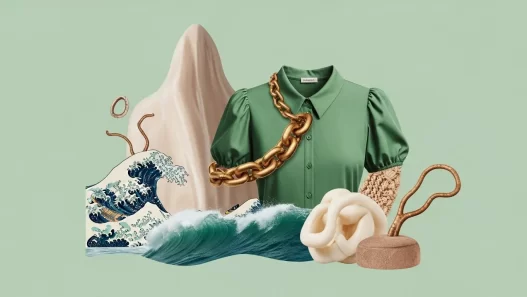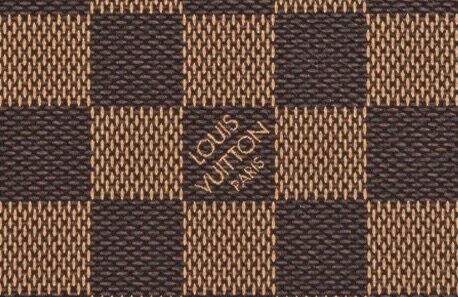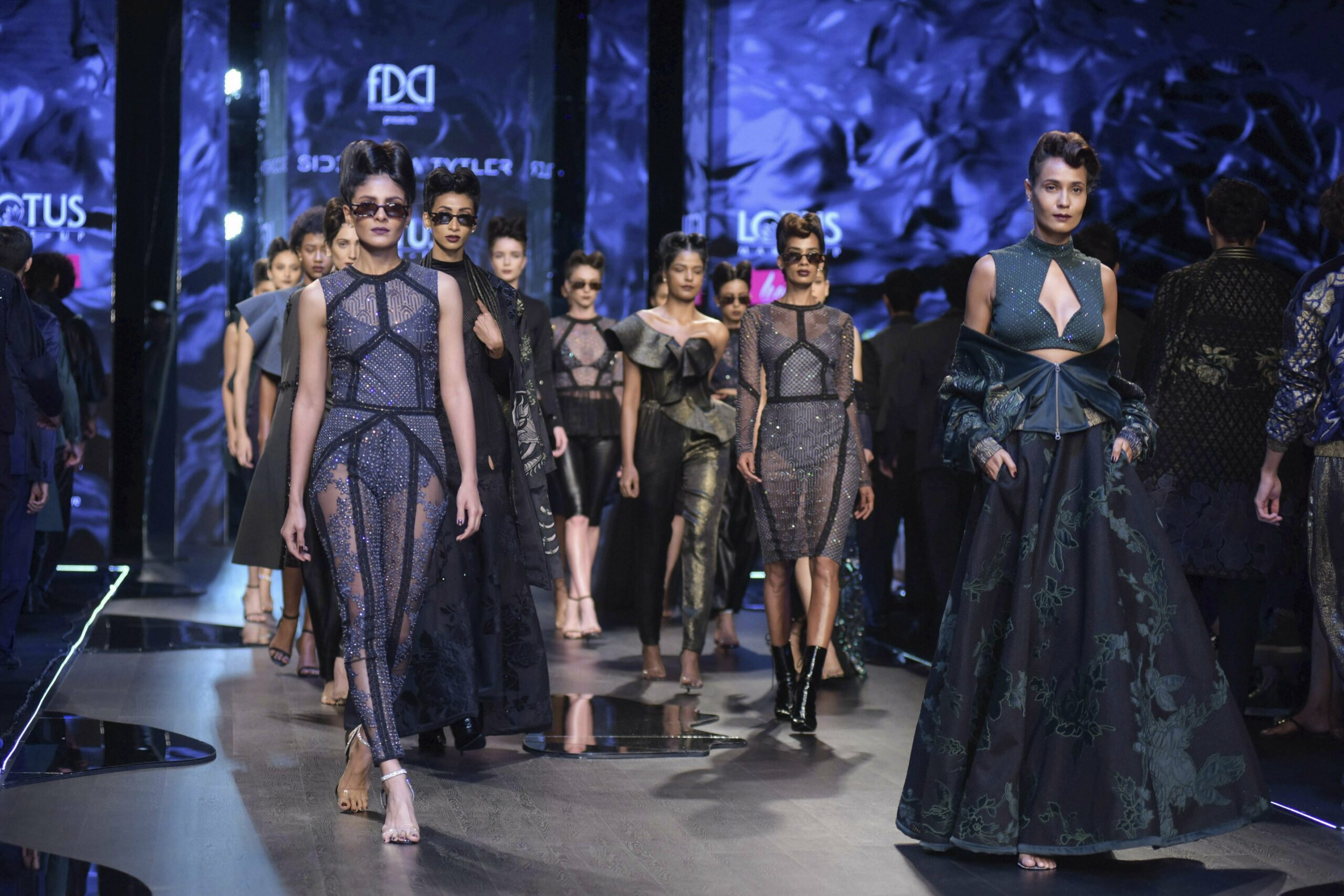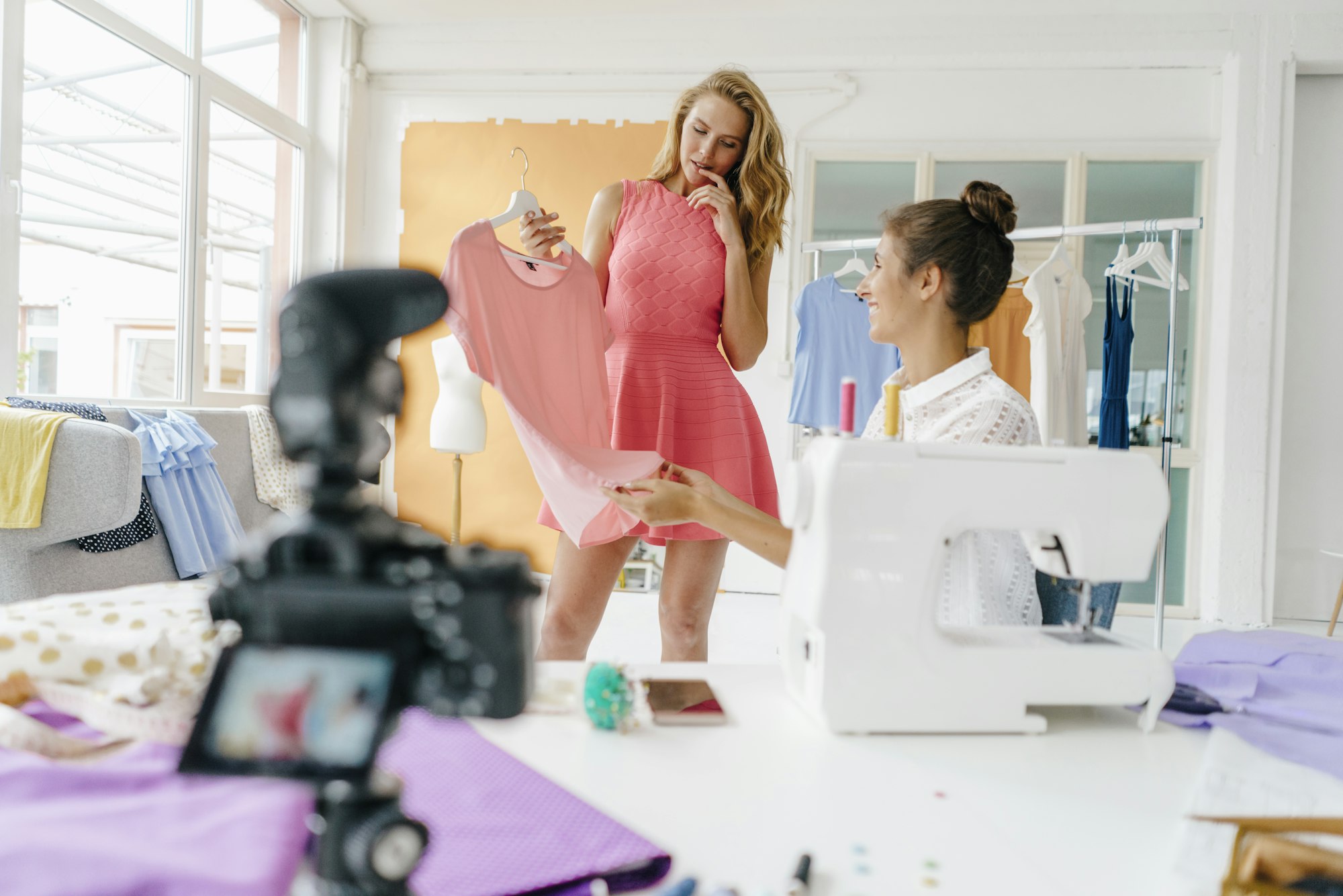Clothing and Perception
Research into the relationship between dress and personality consistently demonstrates that clothing choices significantly influence how others perceive an individual’s personality. The attire selected for a first date plays a crucial role in shaping these perceptions. Studies by academics such as Gosling and his colleagues have illustrated that specific clothing styles can accurately signal personality traits. For instance, attire that reflects elegance and sophistication often conveys traits such as conscientiousness and openness to experience.
Naumann’s research further supports this assertion, finding that people can discern traits like extraversion and agreeableness based on clothing. The findings highlight the importance of attire in forming initial impressions. The choice of clothing on a first date, often being the first aspect noticed, carries substantial weight. Clothing can communicate a range of personality characteristics, from confidence to artistic inclinations. For example, bold patterns and unique accessories may indicate a creative individual, whereas well-fitted formal wear may suggest a professional disposition.
Colors also convey distinct messages. Studies have pointed out that colors such as red and blue can influence perceptions of passion and calmness, respectively. These insights stress the strategic importance of color in fashion choices, especially in the context of first dates.
Contextualizing Fashion Choices
The context of a date setting dictates appropriate attire, reflecting both personal style and respect for the occasion. A casual coffee shop date might call for a chic but relaxed outfit, like well-fitted jeans paired with a stylish top. In contrast, a dinner date at a fine restaurant would necessitate more formal attire, such as a tailored sports jacket or an elegant dress. Dr. Jennifer Baumgartner’s work underscores that clothing choices are not just about following trends but about expressing inner thoughts and feelings authentically.
Comfort and fit are also paramount. Evidence suggests that comfortable clothing can boost confidence, thereby making one appear more self-assured. Ensuring clothes are neither too tight nor too loose is vital for creating a positive initial impression. Moreover, cleanliness and grooming cannot be overstated; clean, well-pressed clothes combined with good personal hygiene contribute to a favorable perception.
Accessories should be used judiciously to enhance an outfit without overwhelming it. Thoughtful accessories can complement an ensemble, but excessive items can detract from the overall appearance.
Non-Traditional Dynamics and First Impressions
In non-traditional relationships, fashion choices can communicate distinct personality traits and relationship expectations. For instance, for sugar babies, attention to clothing can reveal much about personality and relational roles. People in such relationships might blend traditional and contemporary elements in their attire, reflecting both classic elegance and modern sensibilities. Such nuances in dress can provide subtle insights into one’s values and lifestyle choices without overtly stating them.
Albert’s study, which found that participants judged a nurse wearing a white coat as more competent than one in street clothes, exemplifies the inherent biases in our perception of attire. This principle extends to first dates, where specific clothing can project competence, reliability, and other desirable traits.
Fashion choices also offer clues about mood and authenticity. Wearing clothes that feel true to oneself can make a person appear more genuine. Conversely, discomfort in attire might signal a lack of honesty or self-awareness. Changes in clothing style can sometimes indicate shifts in personality or emotional state, adding another layer to the understanding of fashion’s role in interpersonal interactions.
Conveying respect for the date is also implicit in fashion choices. A well-dressed individual indicates that they value the other person’s time and effort. Baumgartner suggests that putting effort into one’s appearance for a date can reflect deeper aspects of personality, such as conscientiousness and respectfulness.
Additional Considerations in Fashion Choices
The strategic use of clothing can also serve to make nuanced impressions. For casual outings, a relaxed yet stylish look is ideal. It strikes a balance between effortlessness and attention to detail. More formal settings warrant attire that reflects sophistication and elegance. In all scenarios, the attire should align with the setting of the date to show good judgment and adaptability.
Fashion is an expression of individuality. Embracing one’s unique style rather than strictly following trends can leave a lasting impression. The goal should be to reflect personal style authentically, thereby making the outfit an extension of one’s personality.
Careful consideration of accessories enhances the overall look. Minimalist and carefully chosen accessories can complement the outfit without overshadowing it. Overaccessorizing, however, can detract from the focus and create a cluttered appearance.
By paying attention to these elements—the type of clothing, the setting of the date, color choices, comfort, cleanliness, and accessorizing—one can significantly influence the perception of one’s personality on a first date. The psychological findings affirm that dress is a powerful, non-verbal communicator that transmits subtle yet impactful cues about an individual’s personality.

















